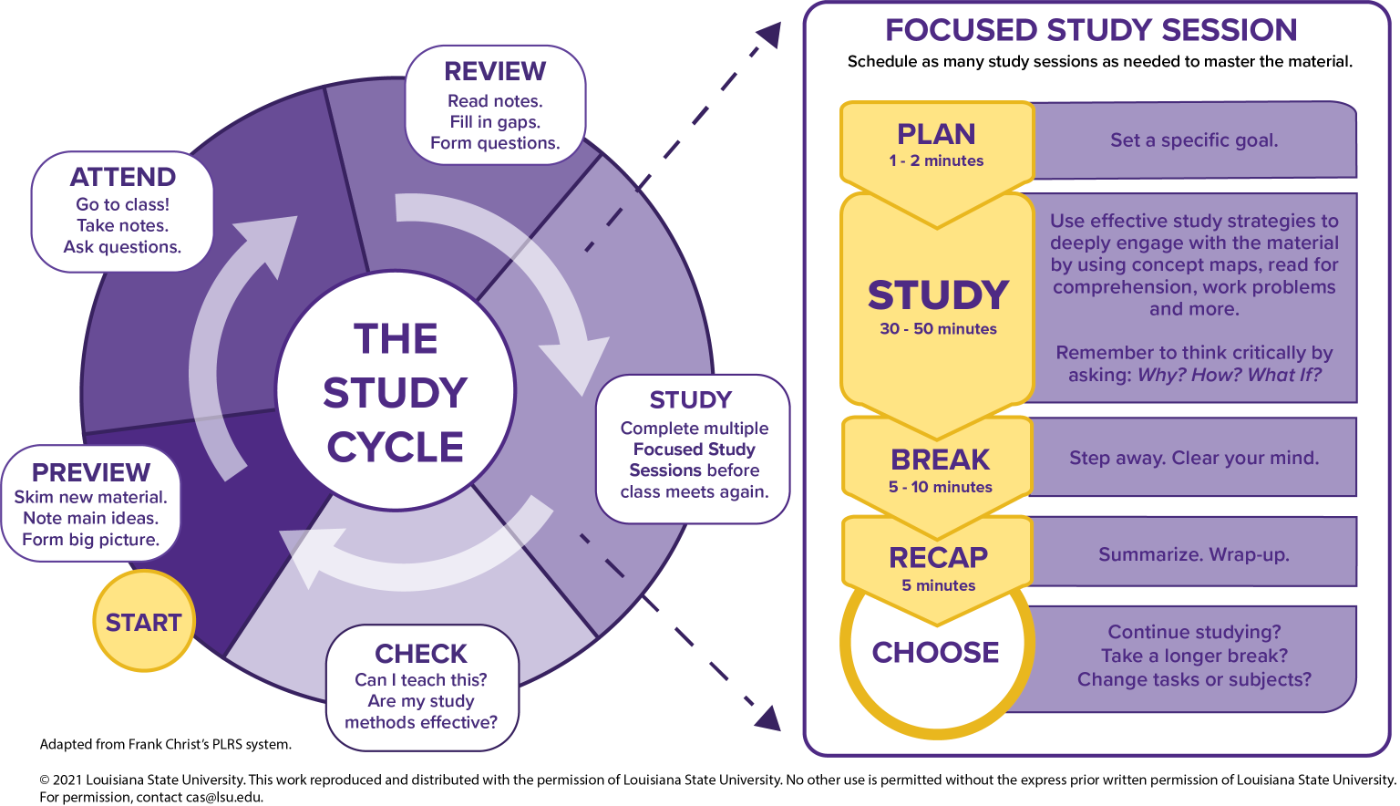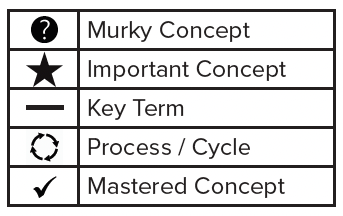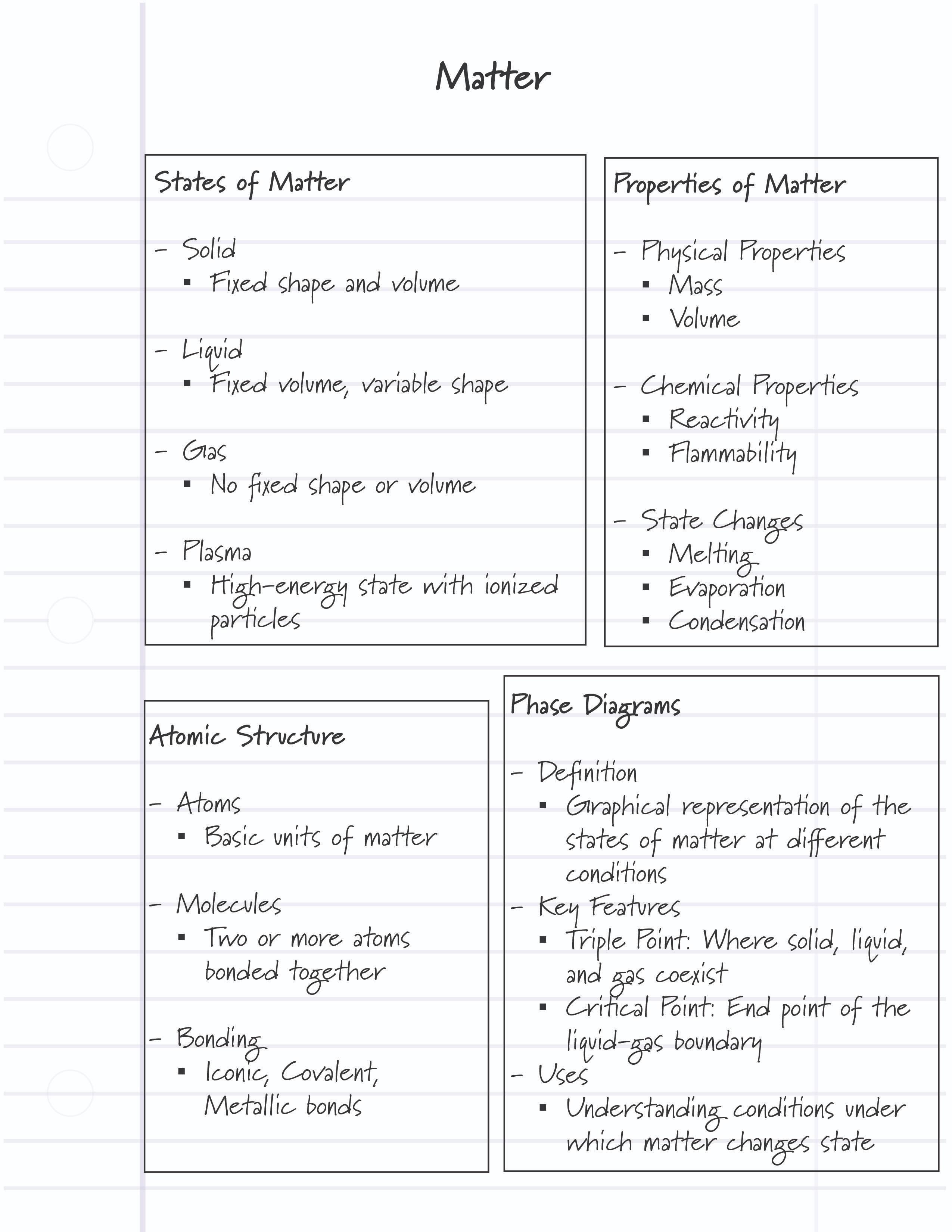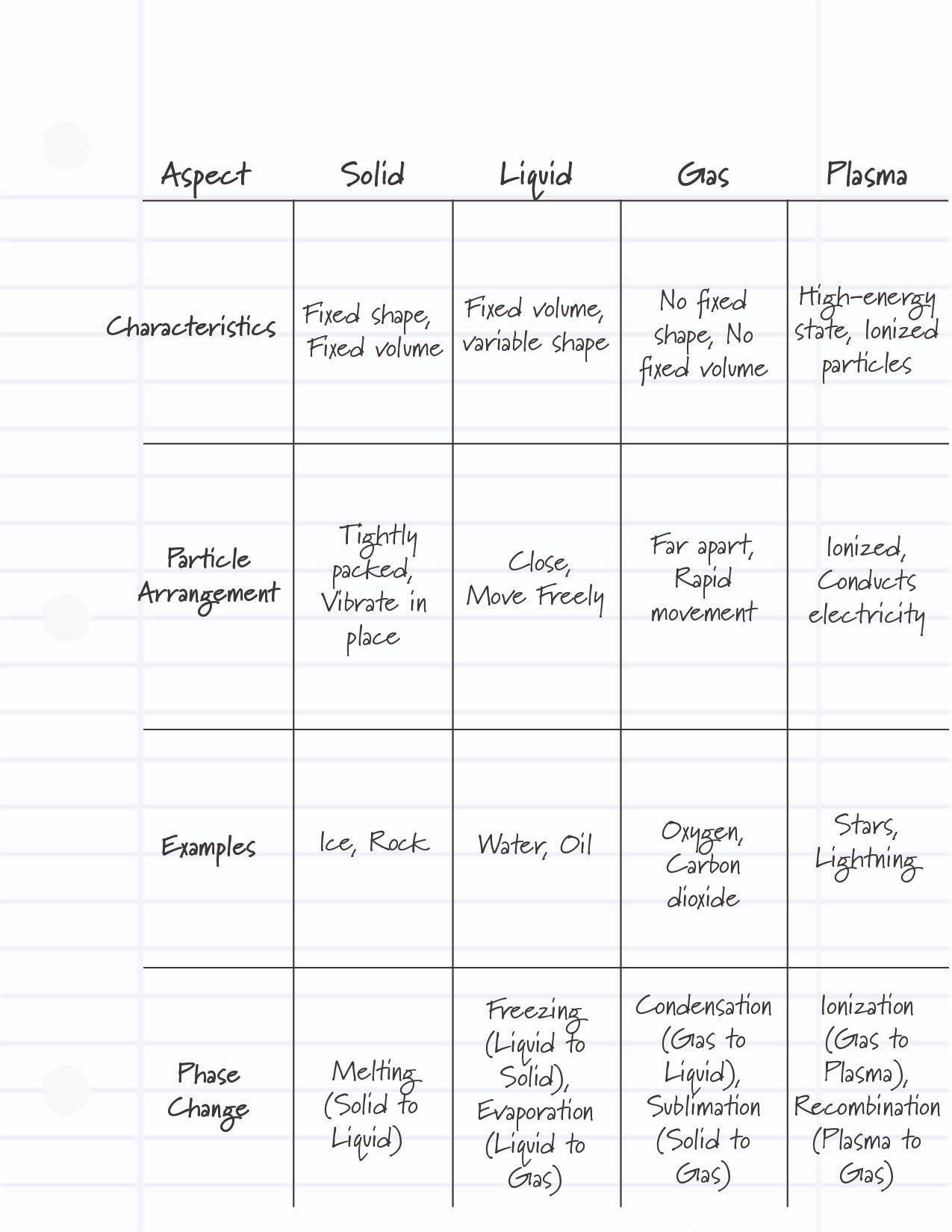Class Organizer
Fill out a class organizer to list due dates for all assignments, quizzes, and exams.
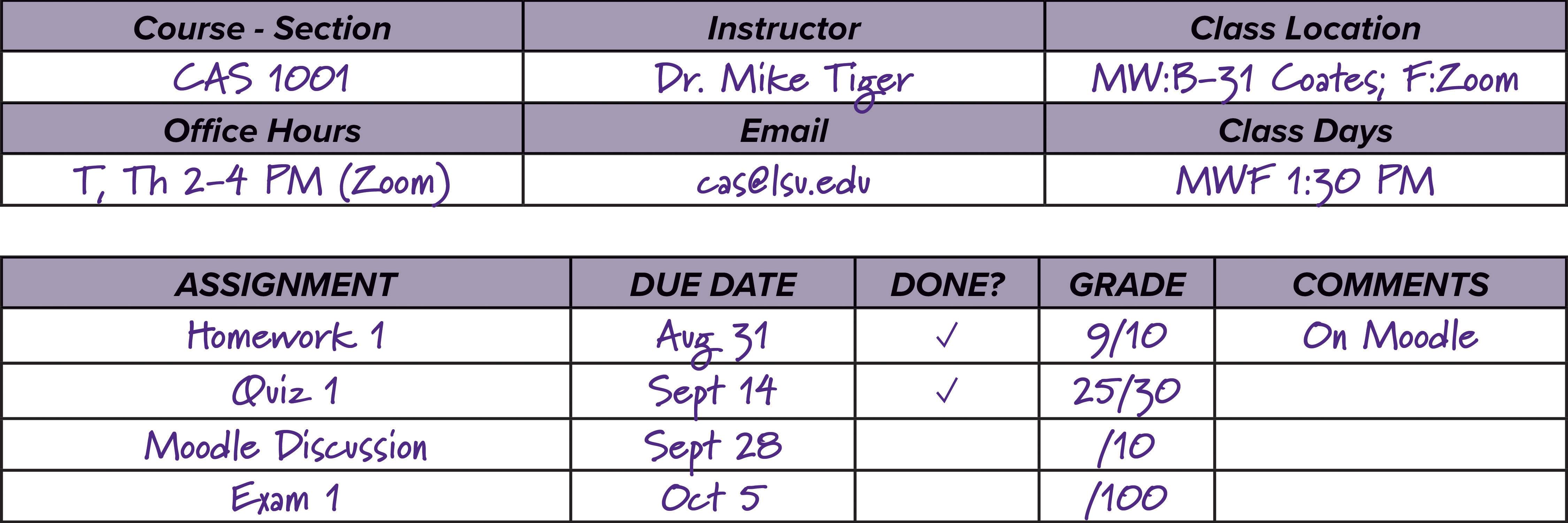
Semester Calendar
Write down each exam, quiz, project, and paper due dates from your class organizers.
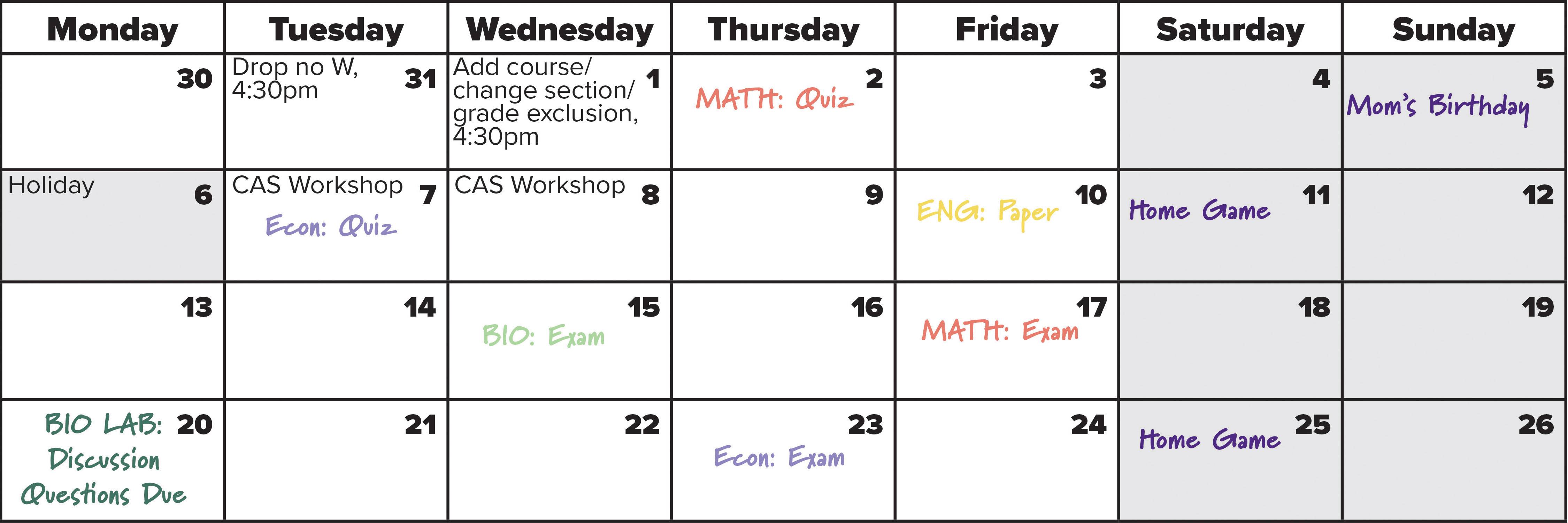
Weekly Planner
Record your classes, weekly social/organizational meeting, and work. Identify blocks of time to schedule study sessions.
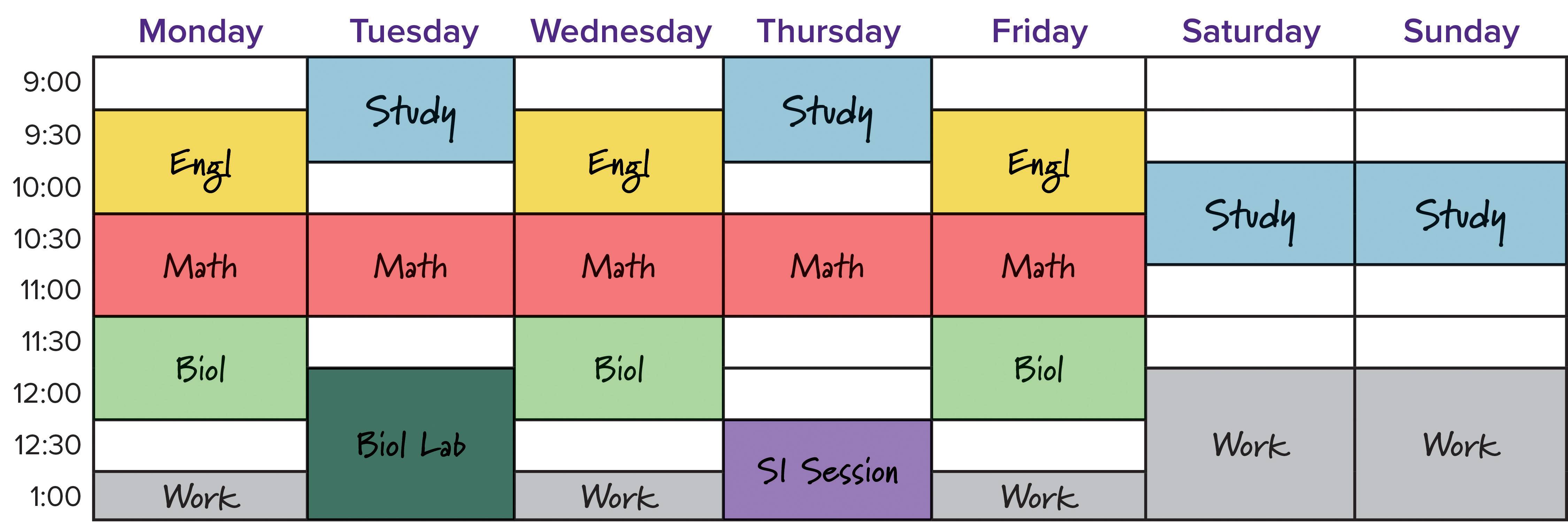
Master-to-do
Identify homework, assignments and needed study time. Create daily to do lists to complete each task.
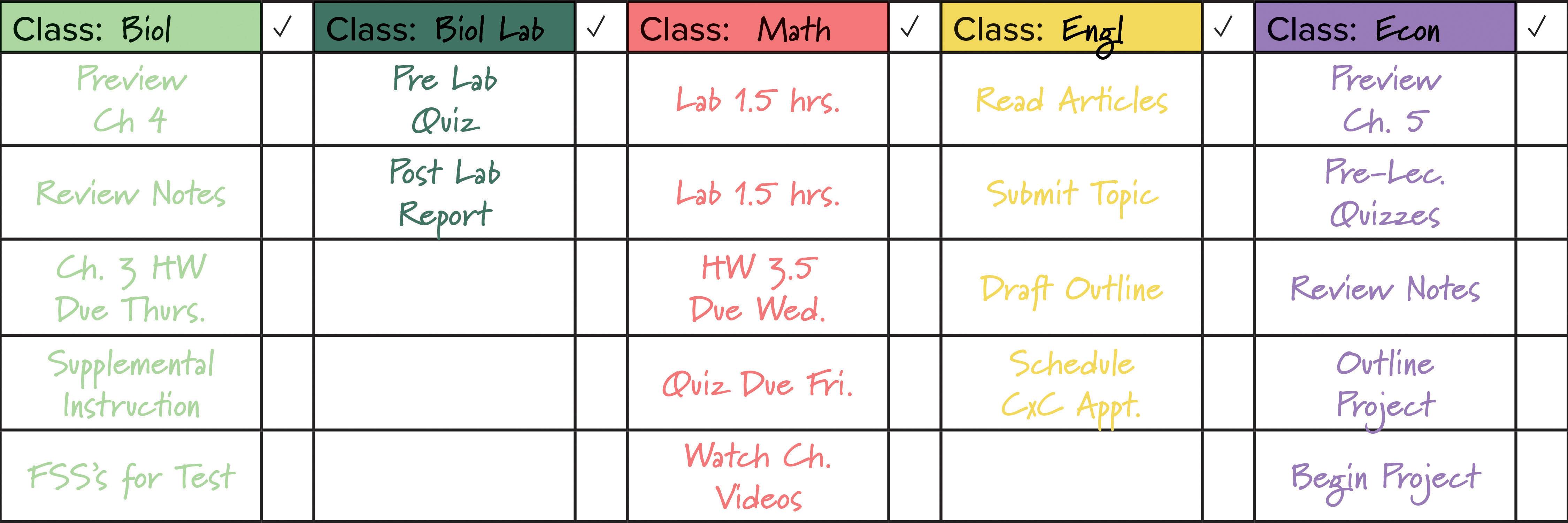
Final Exam Planner
Plan out the final weeks of the semester using our final exam planner.
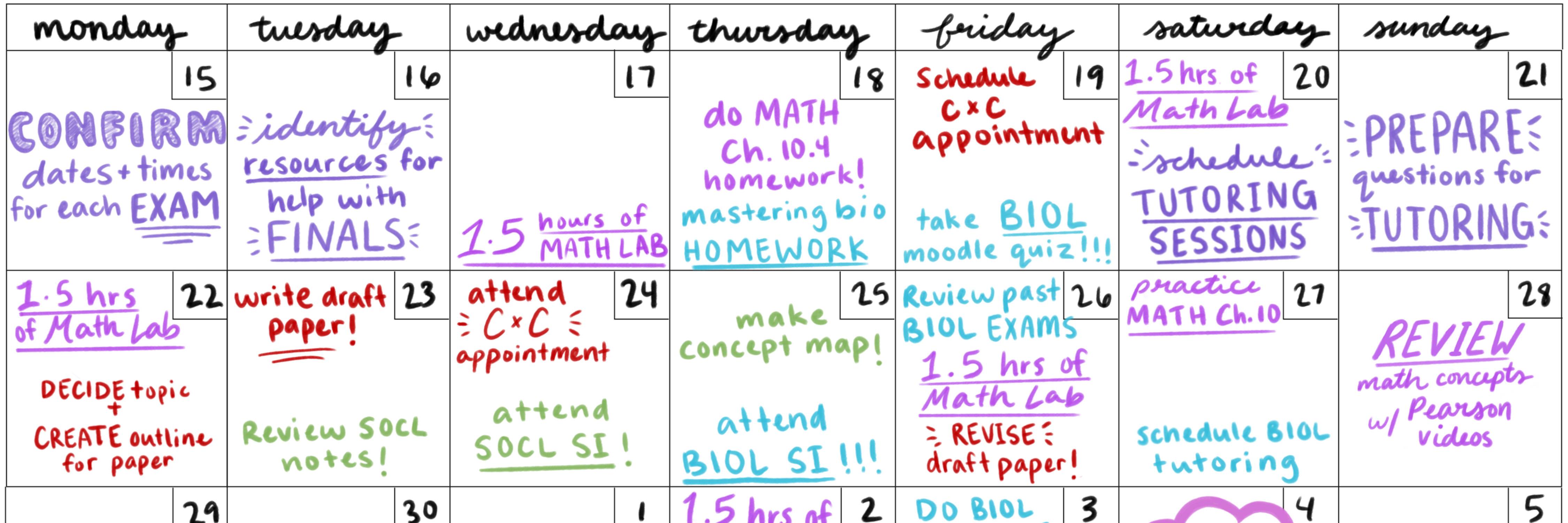
Higher Levels of Learning
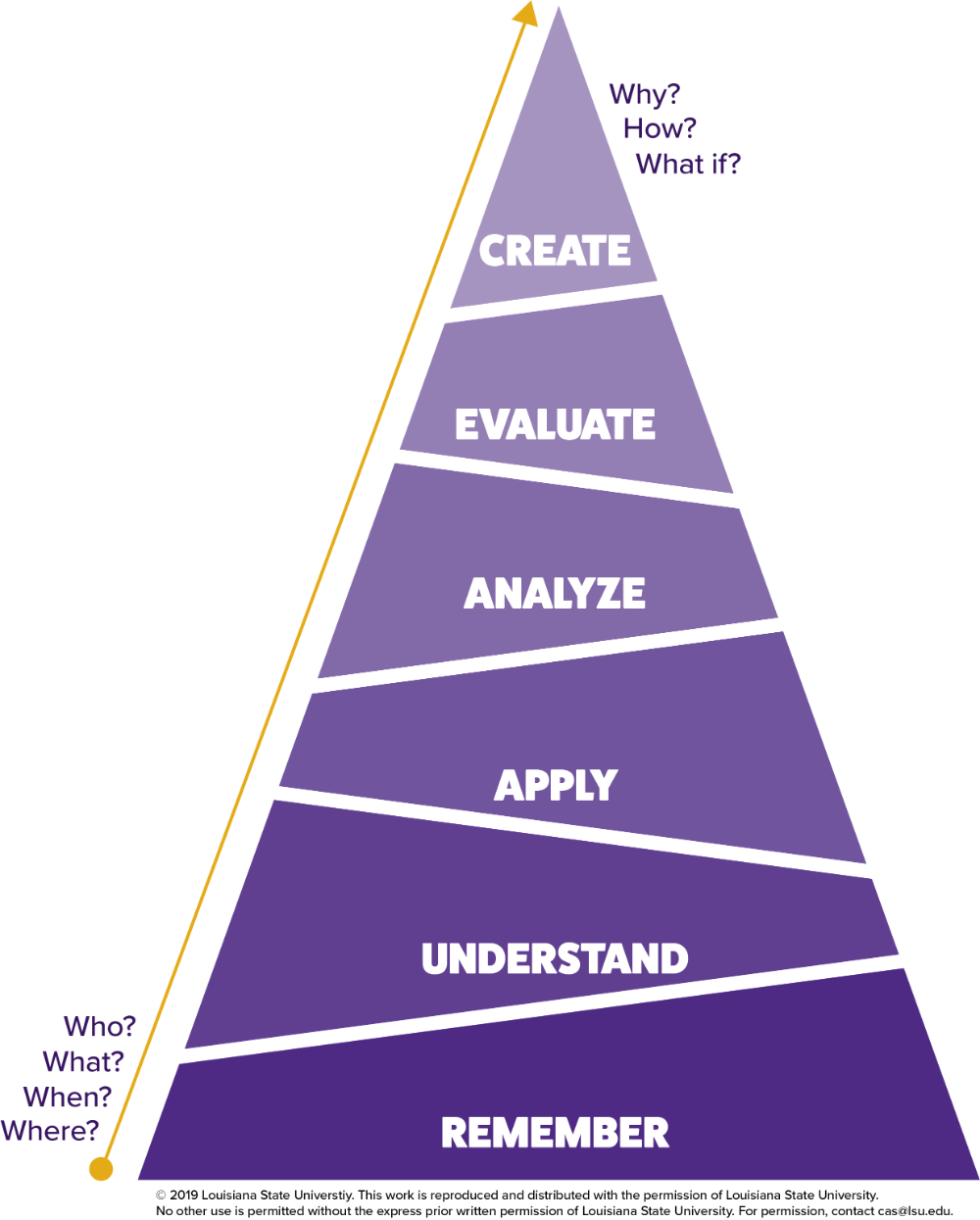
Bloom’s Taxonomy is a hierarchy that begins with memorization (rote learning) and proceeds to higher levels of meaningful learning. Each level builds on the foundation that precedes it so you can apply knowledge in an increasingly sophisticated and useful way.
Use Bloom’s Taxonomy to learn problem-solving skills rather than just memorizing your course work.
Confirm the Details
- What day/time is the exam?
- Where is the exam?
- What supplies do you need (calculator, blue book, scantron, pencil, etc)?
Preview the Test
- Look over the total number of items.
- Identify point values and judge the amount of time to spend on each item.
- Write down formulas, processes, or outlines, etc.
- Clear your mind for thinking to ease the stress of worrying and forgetting.
Read Directions Carefully
- Underline or identify key terms.
- Number or note the steps in the directions.
- Follow directions completely.
Attempt Every Question
- Answer easiest questions first to build confidence.
- Mark questions you don’t know and go on.
- Return to skipped questions even if only to guess for possible partial credit.
- When possible, use information on the test to help with answers.
Before Exam
- Check your syllabus for testing details.
- Will it be in the Testing Center or an outside proctoring service?
- Do you need to download specific software for the exam?
- Is the exam scheduled for a specific day/time or is there a scheduling window? Schedule as soon as you are able.
- How do you log in to the platform for the exam?
- For exams not in the Testing Center, find a quiet place to take the exam.
During Exam
- Don’t leave the test page. Be careful where you click and how you scroll through the exam.
- Before skipping a question, know if you can go back to it.
- Only use available tools approved by the Testing Center or proctor.
- If a technical issue happens, other than in the Testing Center, (i.e. spotty WiFi or exam platform crashes), contact your instructor immediately.
Read Carefully
- Try to answer question before reading the choices.
- Read all choices before answering.
- Select the choice that best matches your answer.
- Underline key words.
Eliminate Selectively
- Are there choices you know are incorrect?
- Which options seem unreasonable or silly?
- Do any answers mean the same thing?
- Are there any unreasonable outliers in a range of numbers or values?
- Are there any distractors (an answer that seems correct but is not)?
Additional Tips
- Rephrase question into a statement. Look for the answer that is true.
- Watch for double negatives (i.e. “it is not unlikely” means “it is likely”).
- All of the above – make sure you know at least 2 of the options are correct before selecting.
- Trust your gut. Your first impulse is usually correct.
- Answers with all, always, every, never, or none stand a better chance of being wrong.
- Answers with sometimes, probably, or some stand a better chance of being correct.
Read Carefully
- One word can make it false.
- If any phrase is false, the entire statement is false.
Identify These Types of Words
- Absolutes: (all, always, every, never, or none) tend to make a statement false.
- Qualifiers: (some, few, often, many, frequently, usually) tend to make statements true.
- Reasons: (because, since) tend to make a statement false.
- Negatives: (words: no, not, cannot & prefixes: dis-, il-, im-, in-, ir-, non-, un-) do not always make a statement false. Read carefully.
Note-taking Tips
- Go to class prepared to take notes.
- Use a note taking style that is best for you and the course.
- Focus on what the instructor is saying.
- Take notes on the main ideas and key concepts instead of trying to write down everything word for word.
- Mark unclear concepts to go back to later.
Note-taking Abbreviations
Use abbreviations to take faster notes. Create your own or use these common examples.
| Column 1 Heading | Column 2 Heading |
|---|---|
| -> | leads to |
| ? | unclear concept |
| @ | at |
| + or & | and |
| A | answer |
| b/c | because |
| b/4 or b/f | before |
| con't | continued |
| etc | and other things |
| ex | example |
| gov't | government |
| imp | important |
| ppl | people |
| Q | question |
| w/ | with |
| w/o | without |
Note-taking Styles
Use the style that best fits you and the course. Many are also effective for reorganizing notes to use for studying. Some common styles are:
Organizes information by dividing page into four sections – Title, Main Idea/Questions, Notes, Summary.
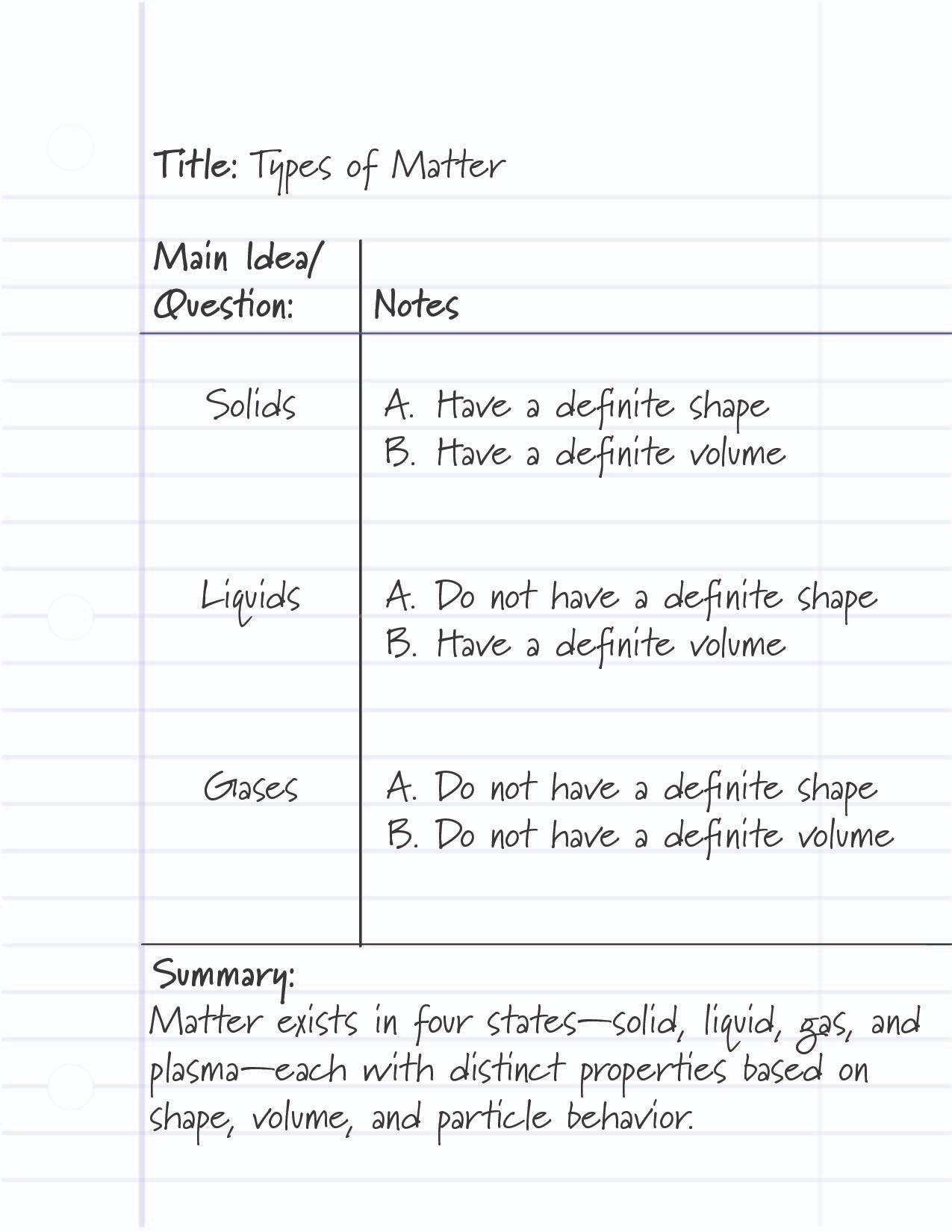
Organizes information by Main Topics, Subtopics, & Supporting Details. Use indenting, letters, numbers, bullets, symbols, etc.
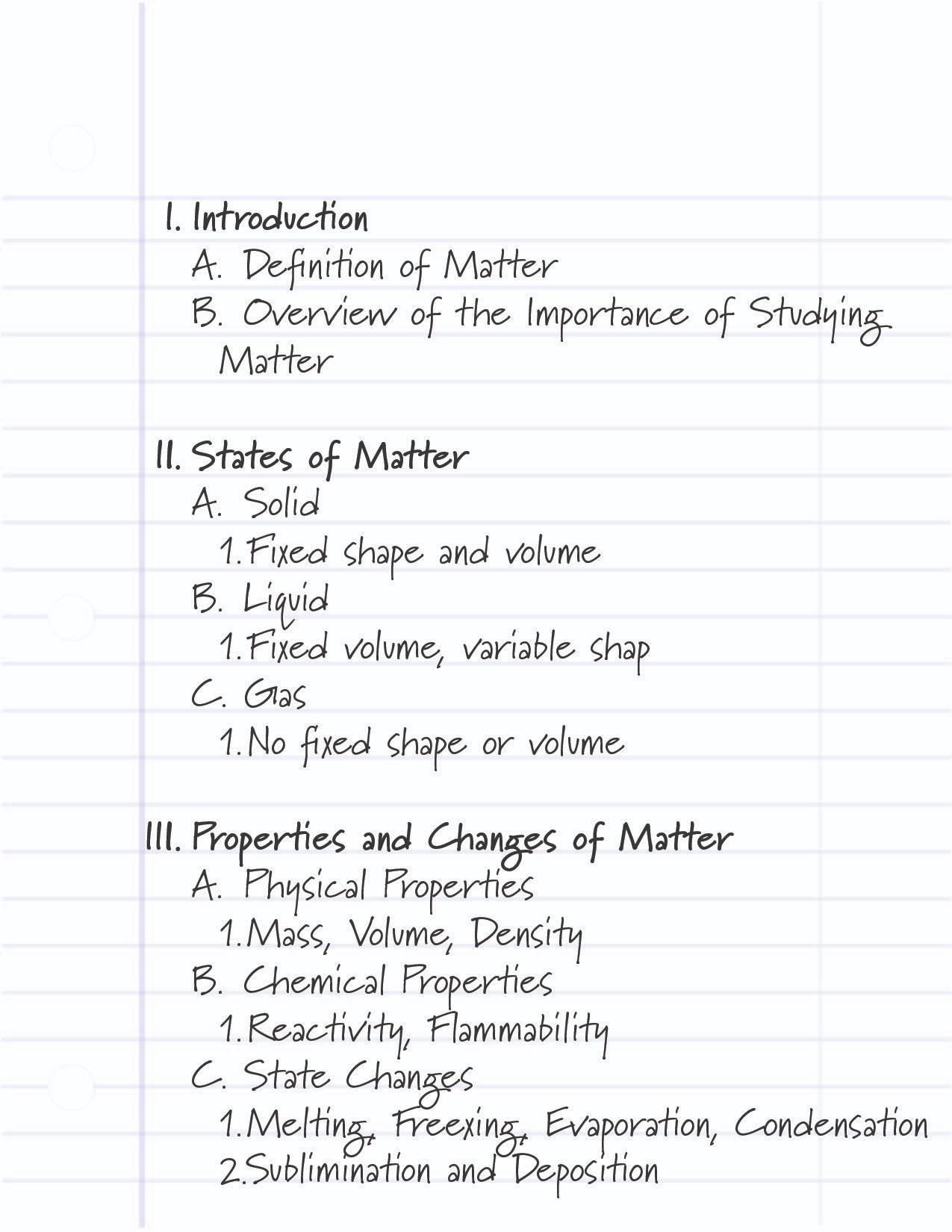
Organizes thoughts, concepts, and ideas on separate lines. Use bullets or numbers to separate these.
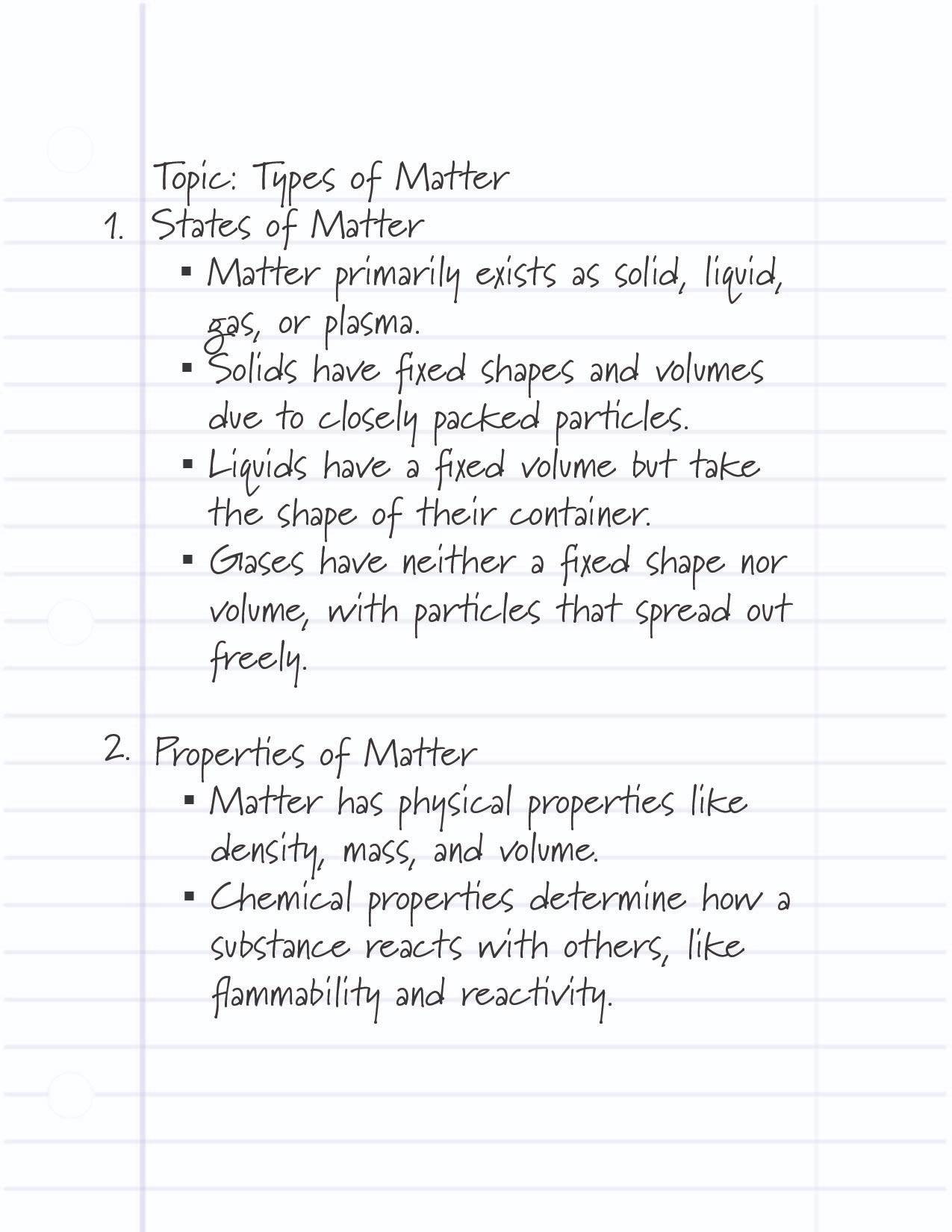
Organizes information to show how ideas and facts relate to each other.
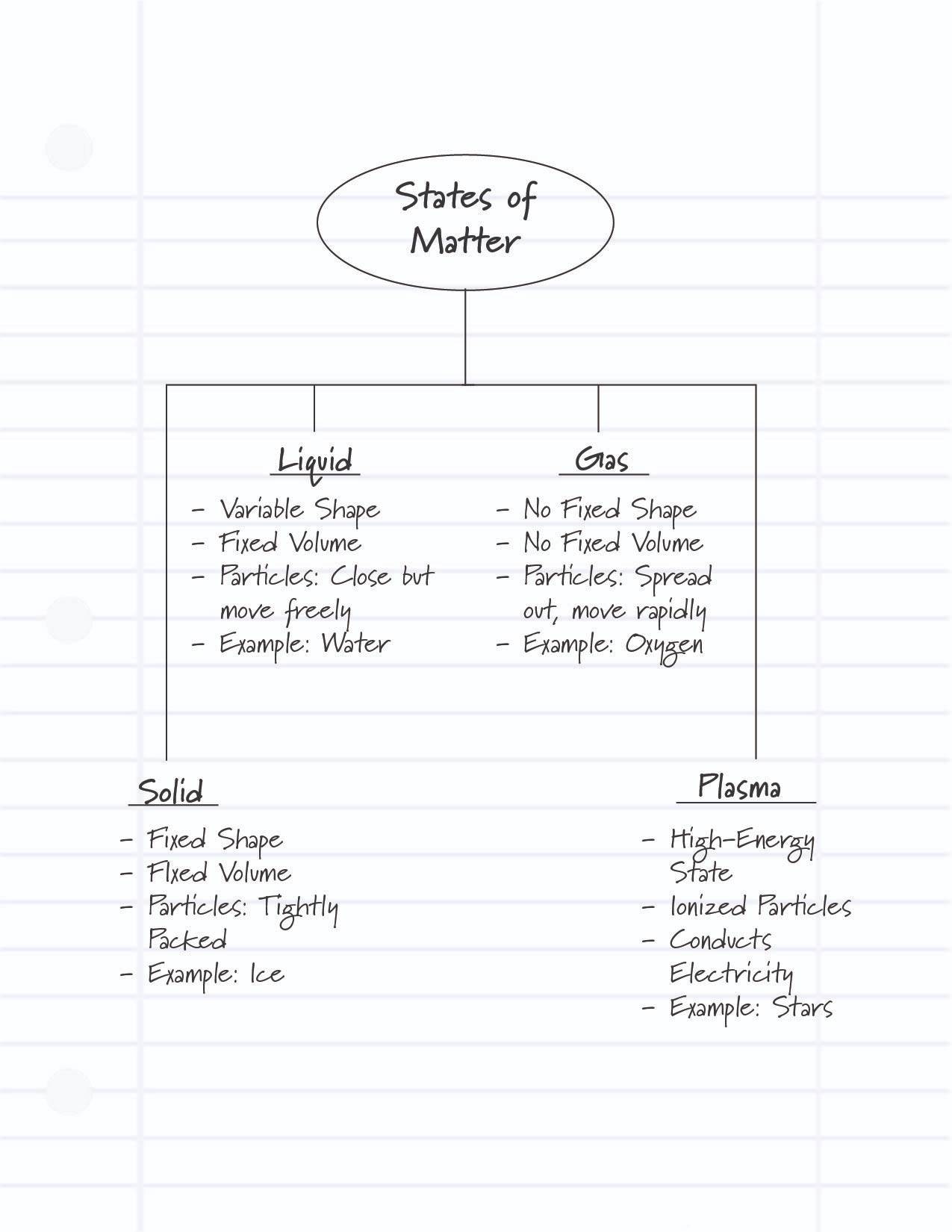
Making Notes Useful
- Review notes and fill in any gaps within 24 hours after class.
- Compare notes with a classmate, use textbook or other course resources to help fill in missing information.
- Annotate your notes to prioritize what needs to be focused on most during study time.
- Use a system such as color coding, symbols, notations, etc.
- Note important concepts, key terms, processes or cycles, & mastered concepts.
- Identify murky concepts and questions to take to office hours, tutoring, or SI.
- Reorganize notes to make them effective for studying, if necessary.
Academic Stress is the pressure you feel when academic commitments begin to feel overwhelming.
Common Sources of Academic Stress
- Missed Assignments
- Not understanding course content
- Poor homework/exam performance
- Competing obligations outside of class
- Long-term goals and meeting expectations
- Overloaded schedule
- Adjusting to college life
Common Symptoms of Academic Stress
- Feeling disconnected from classmates or comparing to classmates
- Feeling unmotivated or numb
- Feeling overwhelmed and stuck with academic obligations
- Don’t know where to start studying
- Inability to focus
- Poor sleep & eating habits
- Being distracted
If you feel fully prepared for the exam and still feel overwhelmed use an activity that relaxes you. Some common methods to use before or during (if appropriate) the exam are:
- Meditation
- Stretching
- Laugh
- Exercise
- Breathing techniques
- Positive self-talk
- Mantra
Be fully prepared for the exam by using:
Time Management
- Semester Calendar
- Master-to-do
- Weekly Planner
The Study Cycle
- Study ahead & don't cram
- Focus Study Sessions
- Check for understanding
Test Taking Strategies
- Multiple Choice
- True/False
- General
CAS Resources
- Tutoring
- Supplemental Instruction
- Learning Strategy Session
- Workshops
Resources available at LSU
If academic stress is unmanageable, it is important to seek help.
- Student Health Center
- UREC GroupX Classes
- LSU Cares
